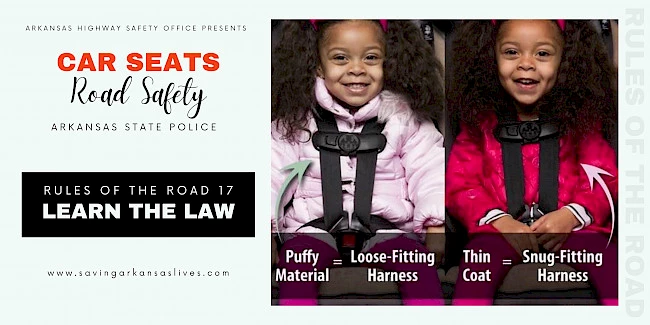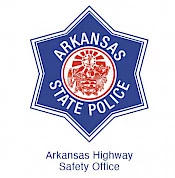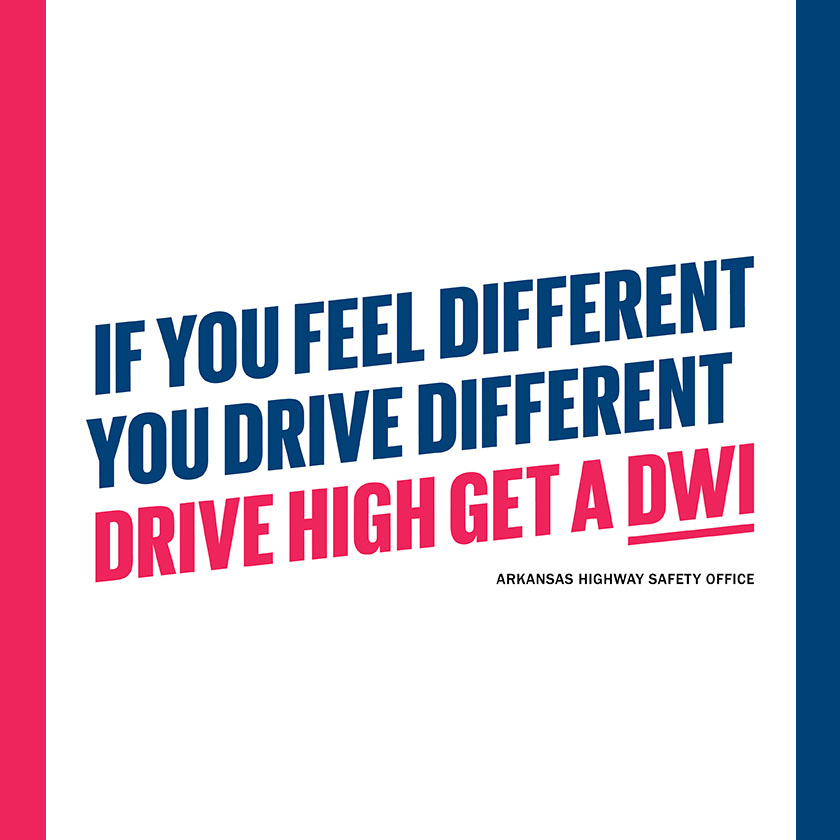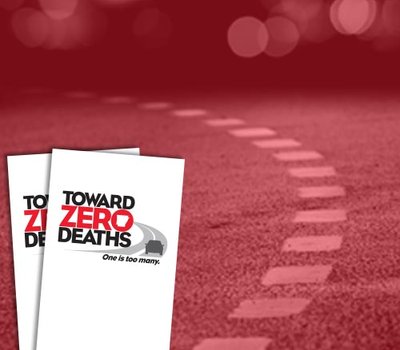RULES OF THE ROAD LEARN THE LAW SERIES 17
Learn The Law Menu | Car Seats & Road Safety

REMINDER!! Make sure you take those winter coats OFF for children in your vehicle!!! When a child is wearing a winter coat, it may feel like they are strapped snugly into a car seat when the straps are actually dangerously loose. If you have children, or know someone who does - this is SO important. Children do not have a choice whether they are safe and secure in your vehicle - you must protect them!
Buckle the kids up for warmth AND safety! Here are a couple things you can do:
- For smaller children, put a blanket over them to keep them warm. (they usually like the snuggle effect anyway!)
- Only use aftermarket covers, essentially fitted blankets, designed to give additional warmth that are approved by the car-seat manufacturer for your specific car seat. Such covers have been tested with the seat and won't compromise your child's safety.
- For a bigger child, after securing him or her in the car seat, turn the coat around and put it on backward (with arms through the armholes), so the back of the coat serves as a blanket resting on top of the harness.
27-34-104 - Child Passenger Protection Act
Every driver of a motor vehicle who transports a child under fifteen (15) years of age, shall while the vehicle is in motion and operated on a public road, street, or highway, properly place, maintain, and secure the child in a child passenger restraint system properly secured to the vehicle and meeting applicable federal motor vehicle safety standards.
A child who is less than six (6) years of age and who weighs less than sixty pounds (60 lbs)shall be restrained in a child passenger safety seat properly secured to the vehicle.
If a child is at least six (6) years of age or at least sixty pounds (60 lbs) in weight, a safety belt properly secured to the vehicle shall be sufficient.
Although the law states after 6 years of age children can get out of a child passenger safety seat, we recommend that they still be in one, according to their weight and height. Listed below are the proper seat for each age group::
- Birth to 12 months: A child under the age of one always rides rear-facing, or facing the back of the car. These children can ride in a rear-facing only carrier, a convertible car seat, or an all-in-one car seat.
- 1 to 3 years: Children should continue to ride rear-facing as long as possible. This is the safest way for children to ride in a motor vehicle. They should stay in the rear-facing car seat until they reach the upper weight or height limit allowed by that seat for rear-facing, until at least age 2. These children ride in a rear-facing-only carrier, a convertible car seat, or an all-in-one car seat.
- 4 to 7 years: Children should ride in a forward-facing car seat with a harness until they reach the upper weight or height limit of that car seat. The top tether should always be used when forward facing, unless the weight limit has been reached. These children ride in a convertible or a combination car seat.
- 8 to 12 years: Children should use a high back booster or a backless booster when they have outgrown the forward facing seat with a harness until they can properly fit a seat belt. Boosters are used with lap and shoulder seat belts only.
- 13 years and up: Children should only move to a lap and shoulder seat belt when they properly fit. By proper fit, the shoulder belt must lay flat on the shoulder, the lap belt portion stays low on the hips (not the stomach), and the child's knees should bend over the seat with their feet touching the floor.
Children should not be front seat passengers until they are at least 13 years old.
Source: ASP Staff & Learn The Law Inspired by NEA Report
https://neareport.com/2017/10/17/state-police-how-to-use-the-left-turn-lane/
*Excerpt from: #learnthelawtuesdays
OBEY THE RULES OF THE ROAD
Arkansas State Police Highway Safety Offce



